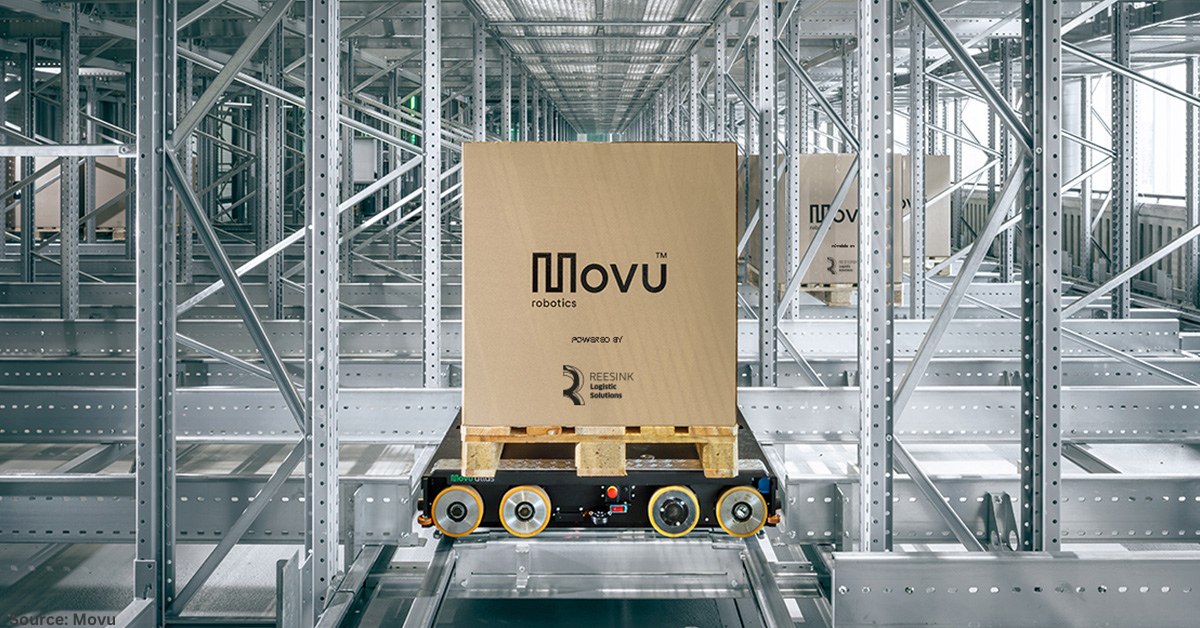Are you still drowning in paper documents across your supply chain? Invoices, purchase orders, contracts, shipping manifests, quality control reports – the list can go on and on. Hence, it’s high time to move into the digital age by implementing document scanning.
Document scanning can help you in a ton of ways: you’ll streamline processes, reduce errors, cut costs, and the like. Here are 10 best practices to make the transition seamless and successful:
- Get Buy-In from Stakeholders
Before you embark on your digitization journey, get all stakeholders on board – from top executives to frontline workers. Help them understand the benefits of going paperless. Paint a compelling vision of a more efficient, agile supply chain.
- Choose the Right Scanning Solution
Not all production document scanner solutions are created equal. Look for one that integrates with your existing digital systems. Key features to consider include auto-classification, data validation, search and retrieval, and so on. Think about your document volumes and scalability needs. Consider a cloud-based platform for easy remote access, automatic updates, and so on. Make sure the vendor provides ample training, support, and a dedicated customer success manager.
- Standardize your Processes
Develop standard operating procedures for scanning, naming, storing and sharing digital files. Use consistent naming conventions. Define required index fields like document type, date, vendor, and others. Create clear rules around version control, as well as set access rights by role. Taking time to establish and document standards up front will save major headaches down the road.
- Prioritize High-Impact Documents
Start with the paper documents that have the biggest impact on your supply chain velocity, costs, and risks if digitized. Identify the departments and processes that are major paper bottlenecks and deal with them immediately.
- Centralize your Digital Repository
Consolidate all your digital supply chain documents in one centralized, searchable repository or portal. This makes it easy for authorized users to quickly find the files they need with a simple keyword or index field search. No more wasting time hunting through file cabinets, bankers boxes, email chains and hard drives.Look for a solution that integrates with your core business platforms so supply chain files can be accessed where people already work. Set up clear folder structures by document type, supplier, customer, and so on. - Automate Data Extraction
Scanning is just the first step – you need to extract key data from the document images and feed it into your supply chain management systems as well. Pick a scanning solution with smart data capture capabilities to be able to pull out critical info like part numbers, quantities, costs, and delivery dates.
- Enable Mobile Capture
Supply chain processes don’t only happen at a desk. Truck drivers, field quality inspectors, warehouse pickers – they all handle important documents on the go. Implement mobile scanning capabilities so people can capture documents with their smartphones anywhere, anytime. Mobile apps with auto-crop, enhancement, and upload features make it quick and easy. This is ideal for vendor receipts, proofs of delivery, incident reports, competitor price checks, and much more.
- Collaborate Digitally
Digital documents open up a whole new world of remote collaboration. Use your repository’s built-in tools to securely share and jointly work on files with both internal colleagues and external partners. Add notes and mark ups directly on the doc image to comment or ask questions. Route docs through pre-defined workflows to gather input, approvals and signatures. Automatically notify stakeholders when a doc is ready for their review. Maintain a full history and audit trail of every action.
- Ensure Data Security
Supply chain documents often contain sensitive financial, product, and customer data. Do keep in mind that data breaches and non-compliance with regulations can be costly.Thus, you need to make sure that your scanning and storage solution has robust security controls in place: data encryption both at rest and in transit, granular access/editing controls, a full audit trail, secure file transfer, and rigorous backup and disaster recovery procedures. Regularly review your access rights to practice the principle of least privilege. Mandate strong password policies and two-factor authentication. - Measure and Optimize
Continuously measure and optimize your digital document processes, just like any other supply chain function. Define and track key metrics like scanning cycle time, data extraction accuracy rates, exception handling time, user productivity, and the like. Set up dashboards to monitor trends. Survey your users on what’s working well and what could be better. Keep tweaking your processes, system configuration, cross-platform integrations, and training over time to eliminate friction points.
To Conclude
When you implement the abovementioned digital document practices, you’ll begin to fully harness the power of a paperless supply chain. Manual paper pushing and physical file cabinets simply have no place in modern-day’s fast-paced, data-driven, always-on world. You’ll be able to accelerate cycle times, improve data accuracy, make smarter decisions, and quickly get the documents you need right when and where you need them.

















































Follow us on social media